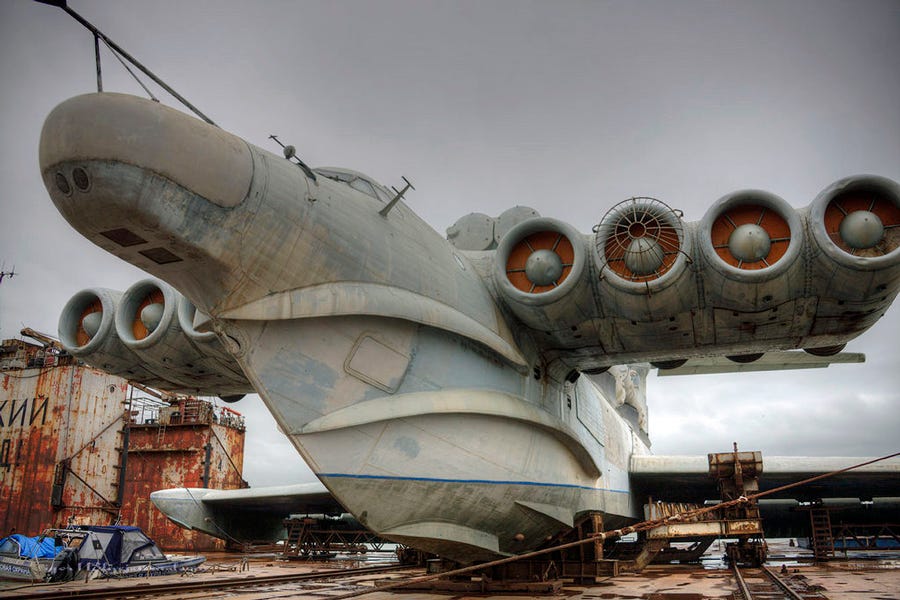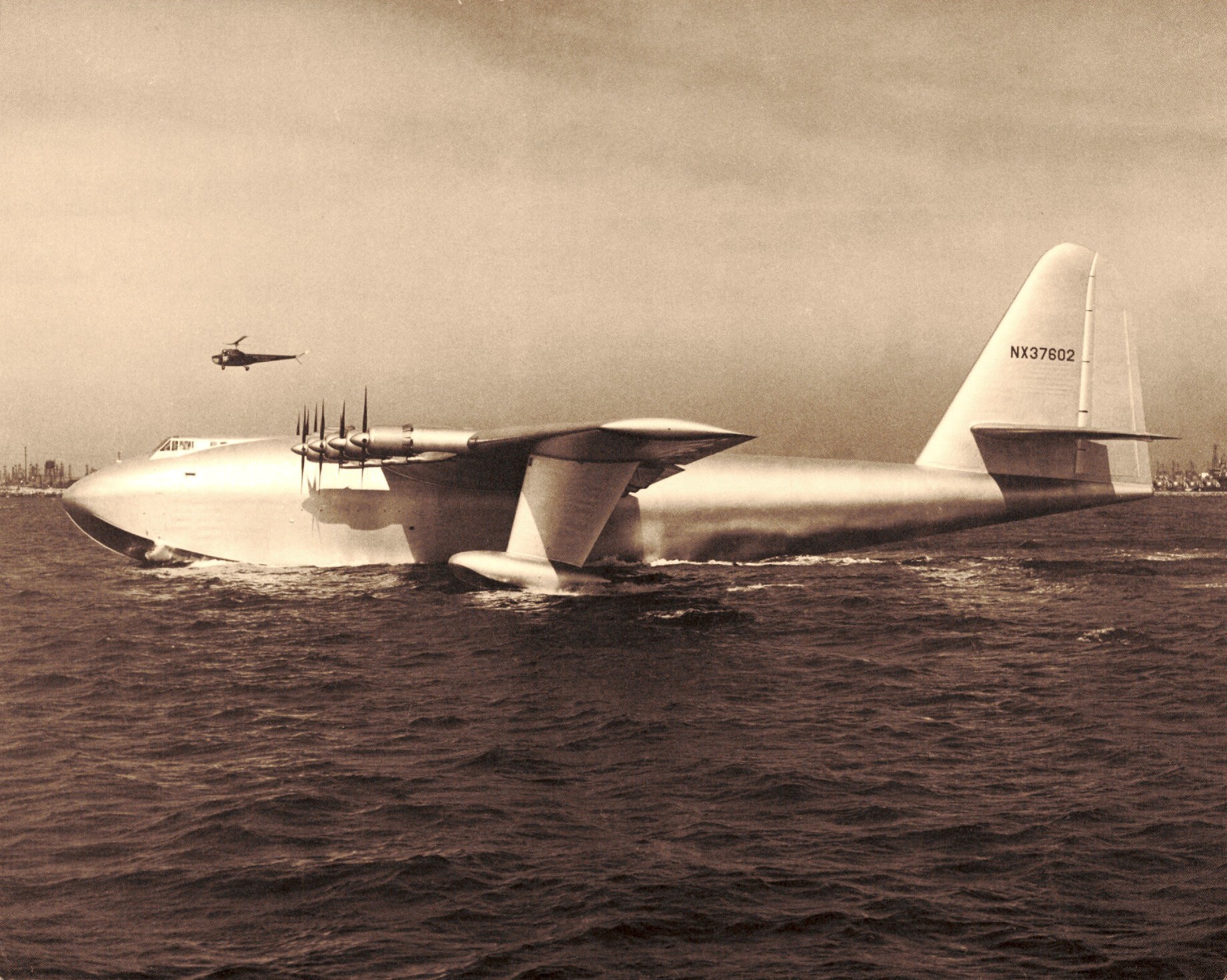This Russian flying boat/plane was built and actually flew. Check out the story and several other pictures on that website.



This Russian flying boat/plane was built and actually flew. Check out the story and several other pictures on that website.
Me thinks this is Healhustler at work, again.This Russian flying boat/plane was built and actually flew. Check out the story and several other pictures on that website.

I remember reading about the Russian's huge ground effect planes but I had never seen one until you posted the link. Very cool in a bizzarre way. I would have loved to have seen and heard one fly. Thanks for posting this. I have friends in Boeing's engineering and flight test organizations who will love seeing this.
... I have friends in Boeing's engineering and flight test organizations who will love seeing this.

Marin,
I think it was almost instant death to touch a tip float to the water. Not sure about that though.
Very interesting Marin.
So you're saying the Russian flying boat dosn't fly? I think you guys are ahead of me as I'm lacking the plug in necessary to play the video so it seems I'm missing a big part of this.
The lift is actually from the heat created by the jets engines, which creates a cushion of warm air that goes in a circular motion under it, think of a tornado but horizontal that's what actually keeps plane out of the water. Their was documentary on these on the military channel.

